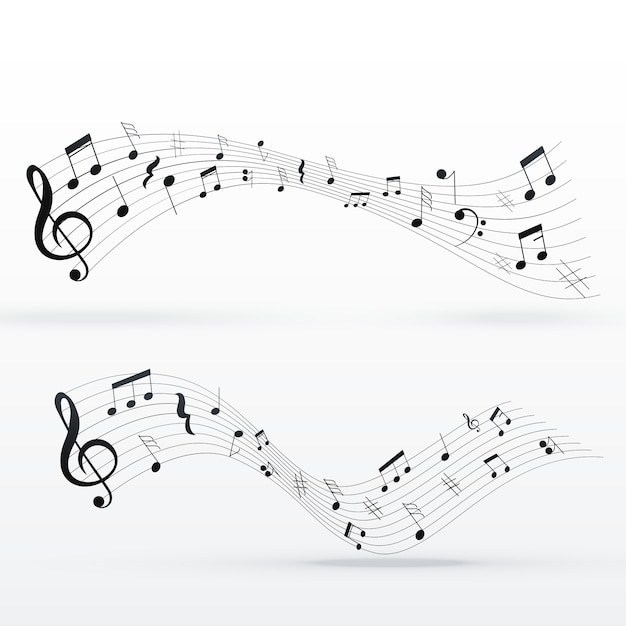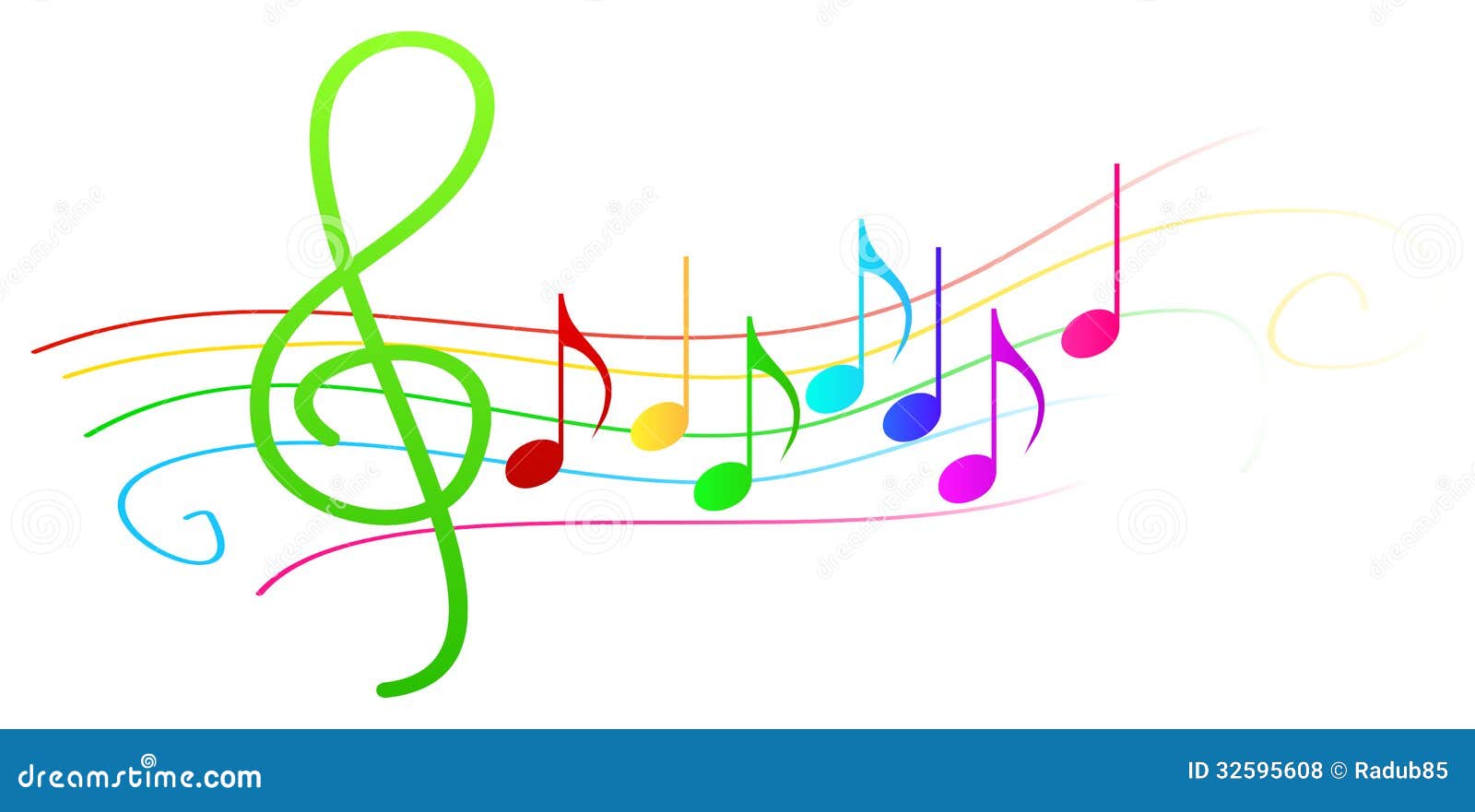


Like fabric, music has a texture, which may be dense or transparent, thick or thin, heavy or light. Another important scale type particularly associated with music from China, Japan, Korea, and other Asian cultures is pentatonic, a five-note scale comprised of three whole steps and two intervals of a step and a half. Major and minor are two commonly encountered modes, but others are used in folk music, in Western European music before 1700, and in jazz. The position of the whole and half steps in the ascending ladder of tones determines the mode of the scale. Most Western European music is based on diatonic scales-seven-tone scales comprised of five “whole steps” (moderate-size intervals) and two “half steps” (small intervals). Each element of a scale is called a “step” and the distance between steps is called an interval. The conventional approach to classifying pitch material is to construct a scale, an arrangement of the pitch material of a piece of music in order from low to high (and sometimes from high to low as well). And just as the Fahrenheit and Celsius systems use different sized increments to measure temperature, different musical cultures have evolved distinctive pitch systems. All theoretical systems of music organize this pitch continuum into successions of discrete steps analogous to the degrees on a thermometer. Pitch, like temperature, is a sliding scale of infinite gradations. They are the frequency, amplitude, wave form and duration, or in musical terms, pitch, dynamic, timbre (tone color), and duration. Since sound is a wave, it has all of the properties attributed to any wave, and these attributes are the four elements that define any and all sounds. What we perceive as sound are vibrations (sound waves) traveling through a medium (usually air) that are captured by the ear and converted into electrochemical signals that are sent to the brain to be processed. Elements of Soundįrom the perspective of a musician, anything that is capable of producing sound is a potential instrument for musical exploitation. Some of the terminology, concepts, and vocabulary used by musicians in writing and talking about the many types of music you will be studying are discussed in this section on elements of sound and music. Written texts, pictorial representations, and folklore sources provide evidence that people from all over the globe and from the beginnings of recorded history have created and performed music for religious rituals, civil ceremonies, social functions, story telling, and self-expression.

Making music has been an activity of human beings, both as individuals and with others, for thousands of years.


 0 kommentar(er)
0 kommentar(er)
